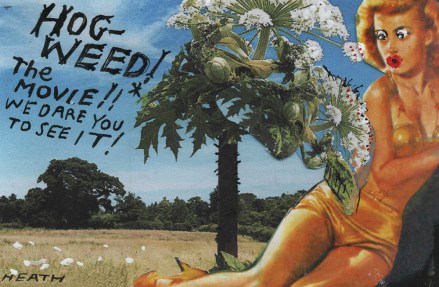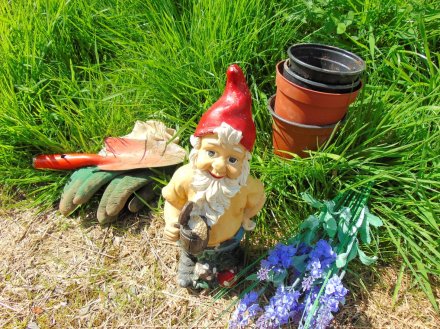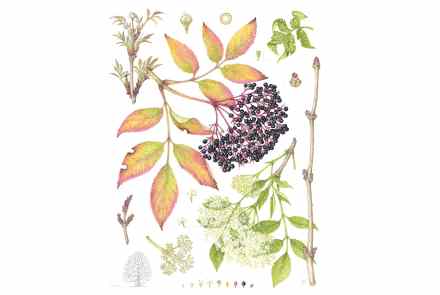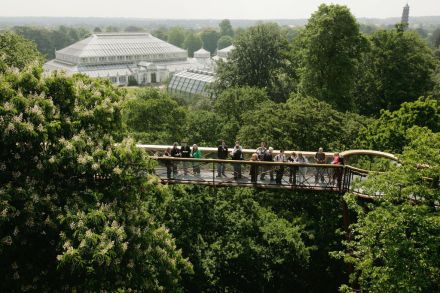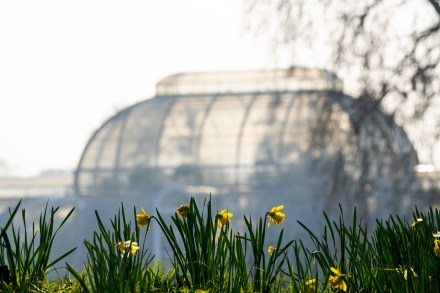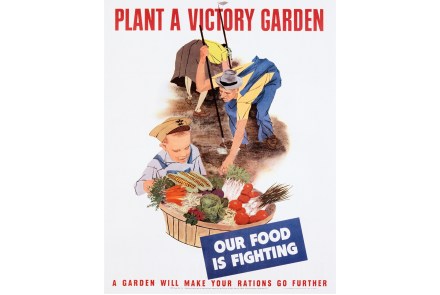Who’s afraid of giant hogweed?
Giant hogweed is a troublesome and expansive species. But it is not, as the tabloids inevitably describe it every summer, ‘Britain’s most dangerous plant’. Many garden favourites – yew, laburnum, castor-oil plant (the source of ricin), for example – can actually kill you. The answer to living with these difficult but beautiful organisms isn’t knee-jerk eradication, but learning what they are and how they live… and then keeping a respectful distance. Back in the early 1970s, meandering round the wastelands near Heathrow, I came across a giant hogweed wrapped round with ‘Keep Out’ tape. I wasn’t sure if it was a genuine security warning, or a jokey art installation. This
